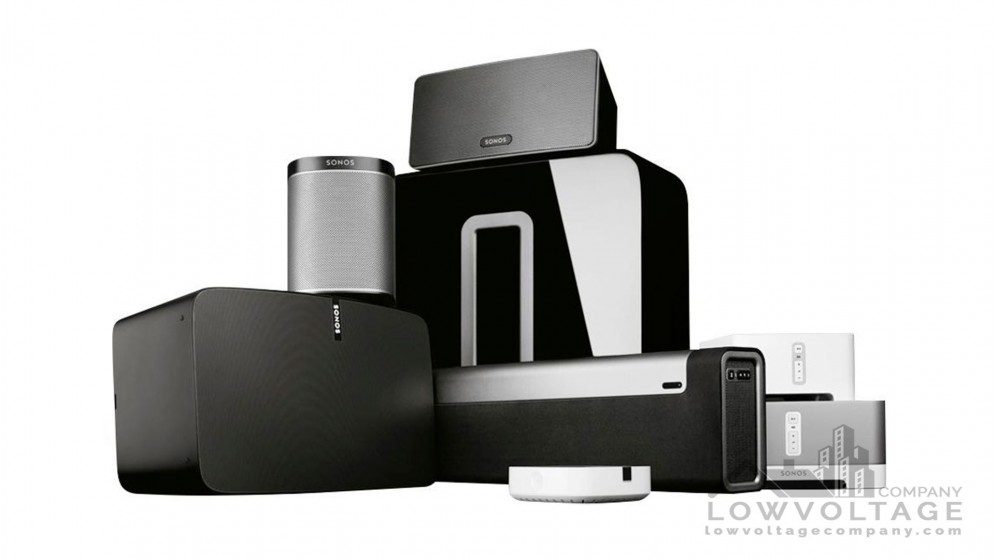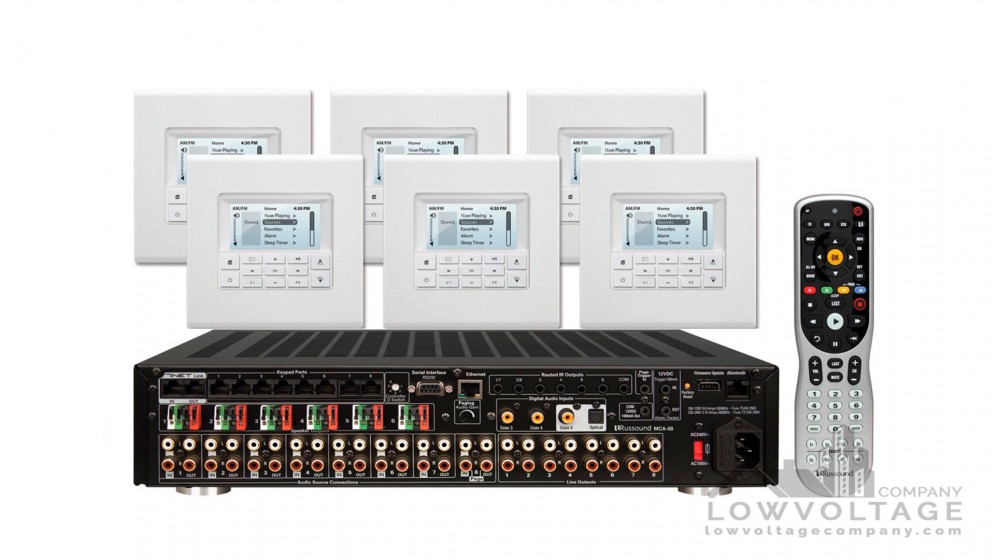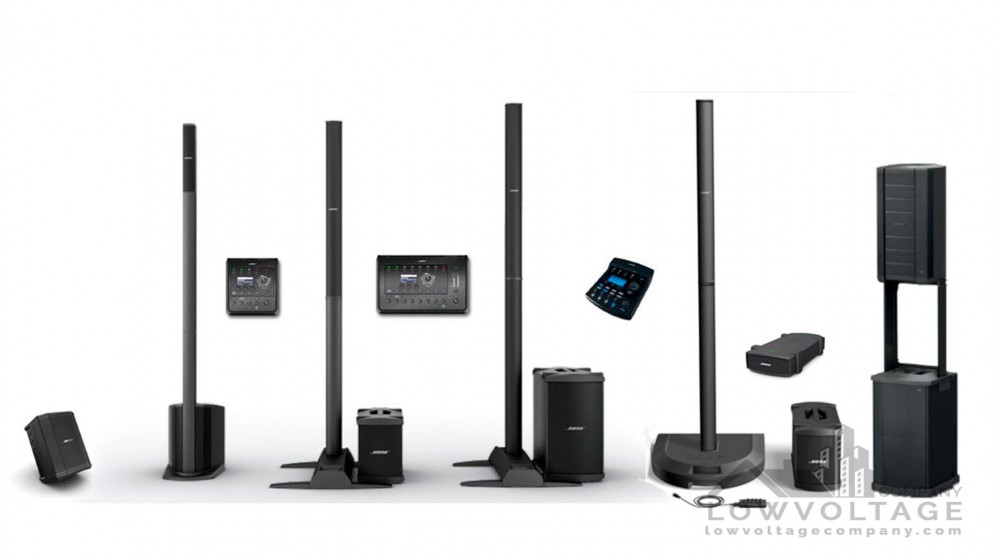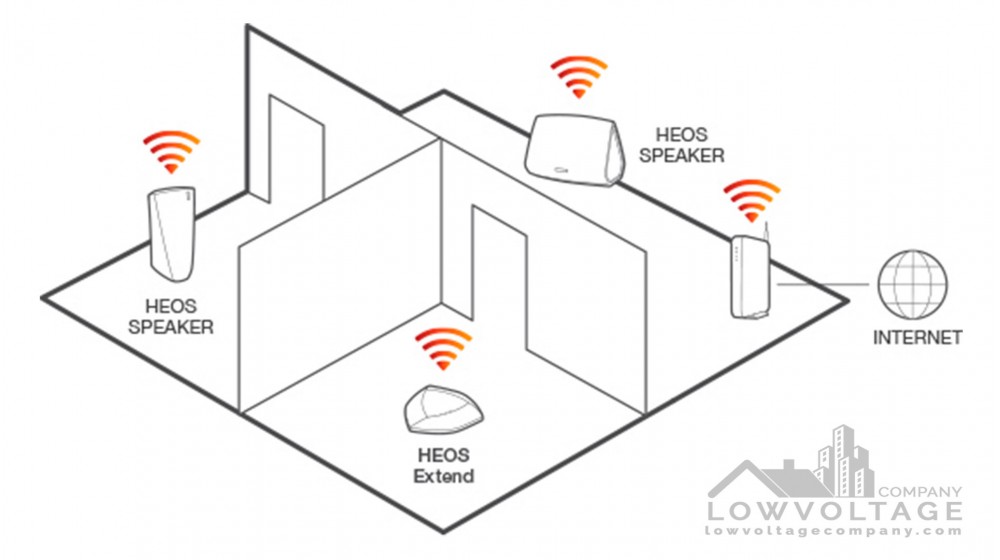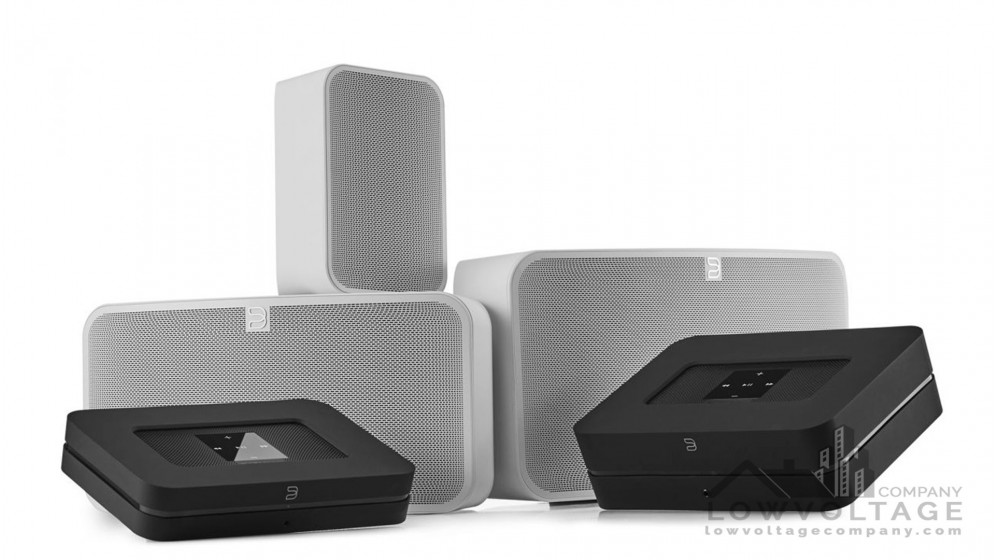Multiroom Audio Systems: Sonos, Heos, MusicCast
We won't bother you with complicated terms in this article – instead, we'll try to explain in a simple and understandable language what the audio multiroom system is. Now let's get the ball rolling!
The multiroom audio system distributes an audio signal from its source to the speakers installed in all parts of a residential or commercial building. The signal may come from an online player (SONOS, Denon Heos, Yamaha MusicCast, etc.), network storage (Network Drive, NAS), or another source of music. Please note that a user can freely switch between areas, while audio streams can be transmitted to several devices in different rooms at the same time.
Devices or rooms are conventionally divided into areas to ensure more comfortable conditions, where each area is assigned a set of specific parameters. For example, your kid may have his or her own playlist with favorite music in a nursery, while you may have your own playlist in the bedroom that your child cannot access.
As for the multiroom integration in the Smart Home system, it must be noted that interaction between these two systems secures additional features that greatly simplify your life. Suppose your security alarm system has been integrated with a multiroom system: as a result, your surveillance cameras can transmit the signals to any screen in your home, and all the speakers give a siren sound when an alarm is triggered. Another example: when someone is calling the intercom, a warning "Someone at the front door" sounds from the speakers at a configured volume. Finally, a thematic music may wake you up on holidays. There are lots of options and scenarios for such interaction – it all depends on the customer's needs and requirements.
The basics of the multiroom audio
A special controller is used to create a multiroom system, which distributes signals. Its capabilities are diverse and depend on the model and the manufacturer. For example, some only process sound, while others process audio, video, or images. There are models with a varying number of inputs and outputs, signal transmission type, and number of supported areas. If the model has IR transmitters, they enable "giving commands" to signal sources. Sound amplifiers are added to the controller to enable it process audio signals.
A control panel is another key component. Such panels differ by screen diagonal and quality, as well as the installation method (wall mounting, placing in a special stand on a table, shelf, etc.). A network cable or Wi-Fi are used to connect all the components. A video can also be streamed on these panels.
Functions of the multiroom audio system:
- automated supply of the entire home with sound, specific parameters being set for each area;
- synchronization and storage of all audio data;
- sound accompaniment when walking between rooms;
- sound supply for additional facilities (swimming pool, sauna, etc.);
- global and local control of system parameters from anywhere in the home;
- sound volume is automatically lowered when you get an incoming or outgoing phone call;
- voice control;
- playback of one audio file in all areas at the same time (Party Mode);
- sound communication between premises;
- sound alert in case of an emergency.
Choosing a multiroom audio system
For example, the Sonos equipment uses a so-called private Wi-Fi network with limited access, which is not displayed on other devices. Devices made by Bose and Denon also use their own networks, but Bluetooth support makes their products more versatile.
When giants like Google, Amazon and Apple were competing with each other, they released quite decent multiroom audio systems. Sound quality is high, design is unique and would suit every taste, and price is relatively reasonable.
However, you will need the help of professionals in any case because you won't be able to take into account all the aspects. Just contact us, and we'll cover it for you!

